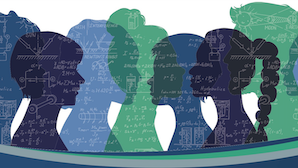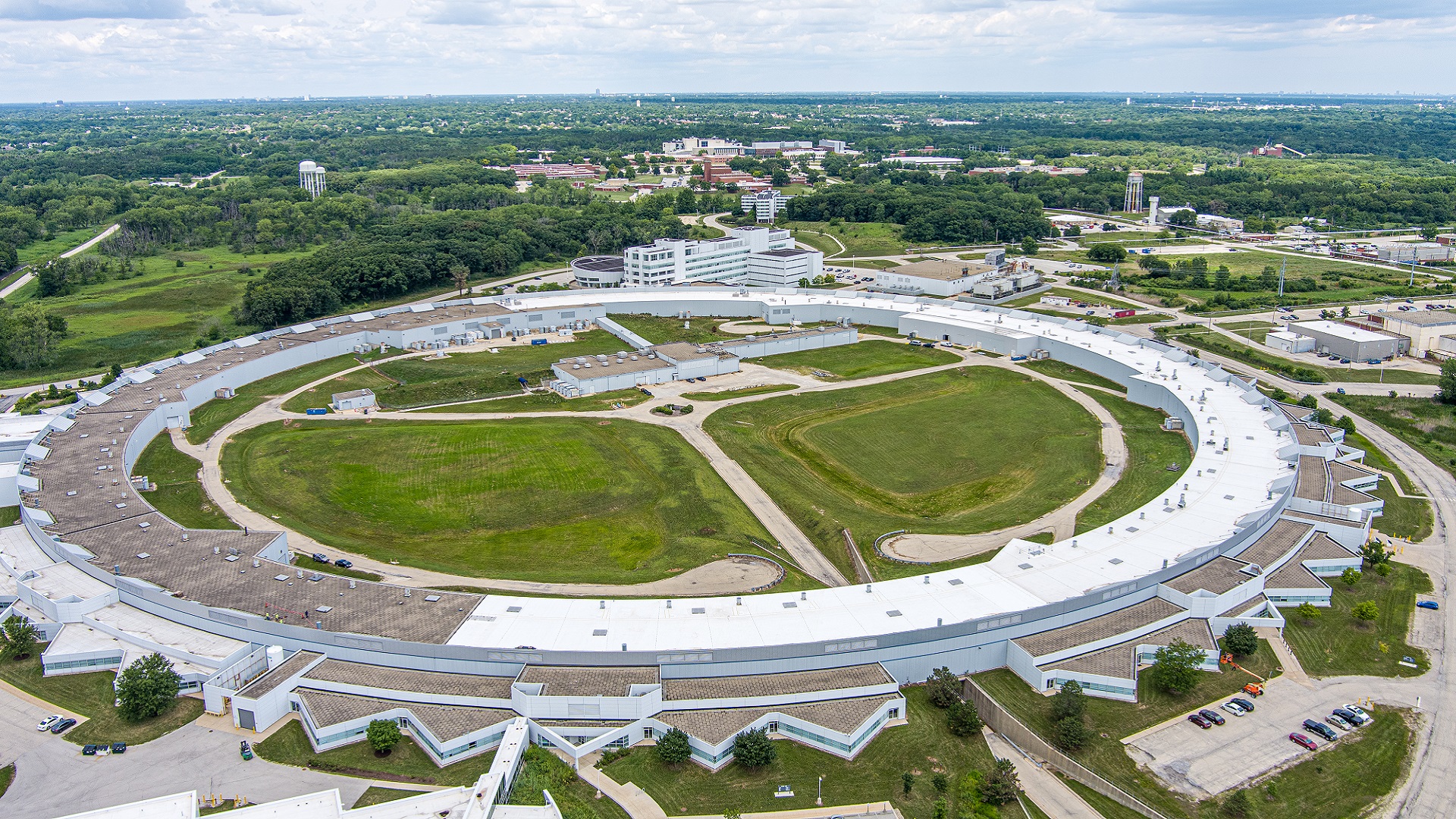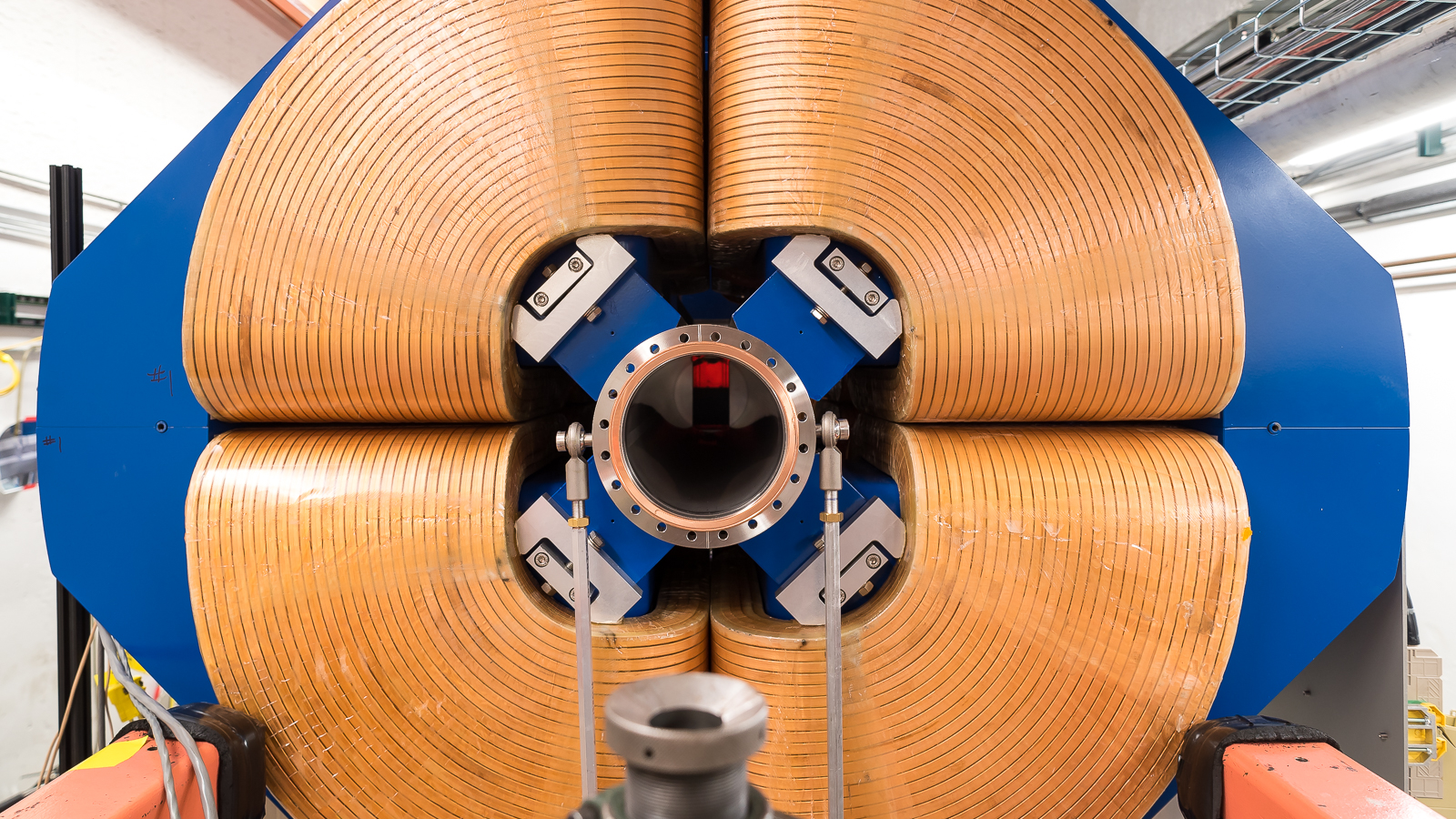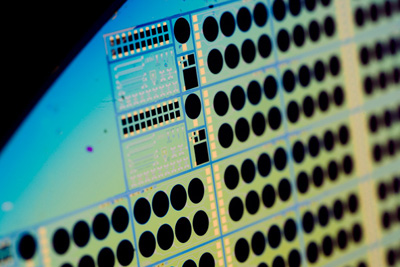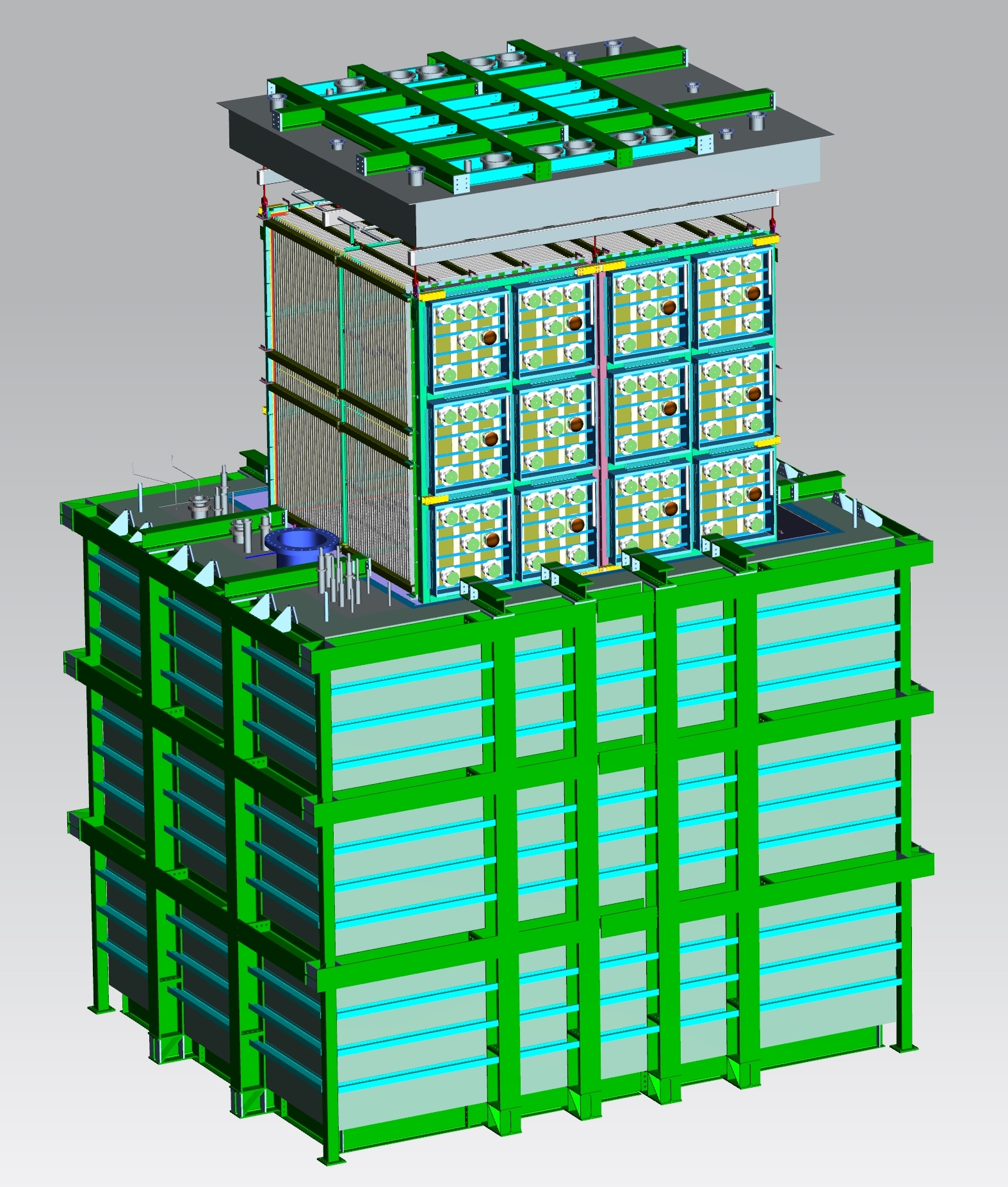As part of CUWiP, tours of leading scientific facilities at Argonne National Laboratory or Fermilab are available. They are from 1:30-5:00 pm on Friday, January 20. Details on how to sign up for tours and the schedule will be available in due course.
Note that tours at Fermilab will require a Real ID compliant identification (real ID Driver's license or passport).
Argonne National Laboratory
The Advanced Photon source
The Advanced Photon Source (APS) at the U.S. Department of Energy’s Argonne National Laboratory provides ultra-bright, high-energy storage ring-generated x-ray beams for research in almost all scientific disciplines. These x-rays allow scientists to pursue new knowledge about the structure and function of materials in the center of the Earth, in outer space, and all points in between. The knowledge gained from this research is impacting the evolution of combustion engines and microcircuits, aiding in the development of new pharmaceuticals, and pioneering nanotechnologies whose scale is measured in billionths of a meter, to name just a few examples. These studies promise to have far-reaching impact on our technology, economy, health, and our fundamental knowledge of the materials that make up our world. The APS electron accelerator and storage system are the first critical steps in producing the high-energy x-rays that are used for frontier research.
The Argonne Leadership Computing Facility
The Argonne Leadership Computing Facility (ALCF), a U.S. Department of Energy (DOE) Office of Science User Facility located at Argonne National Laboratory, enables breakthroughs in science and engineering by providing supercomputing resources and expertise to the research community. ALCF computing resources—available to researchers from academia, industry, and government agencies—support large-scale, computationally intensive projects aimed at solving some of the world's most complex and challenging scientific problems. Through awards of supercomputing time and support services, the ALCF enables its users to accelerate the pace of discovery and innovation across disciplines.
The Argonne Tandem Linac Accelerator System
The prime national facility for nuclear structure research. The Argonne Tandem Linac Accelerator System (ATLAS) is the world’s first superconducting linear accelerator for heavy ions at energies in the vicinity of the Coulomb barrier. This is the energy domain best suited to study the properties of the nucleus, the core of matter and the fuel of stars. ATLAS can provide beams of essentially all stable isotopes from protons to uranium, and a variety of light radioactive beams through our in-flight production program and heavier neutron-rich isotopes from CARIBU. ATLAS is a U.S. Department of Energy User Facility that hosts roughly 200 to 300 users each year. It is supported by the Office of Nuclear Physics of the Department of Energy. ATLAS users come from U.S. universities and national laboratories as well as from foreign institutions. The facility is also accessible to industrial users.
Center for Nanoscale Materials
The Center for Nanoscale Materials (CNM) at Argonne National Laboratory is a premier user facility providing expertise, instrumentation and infrastructure for interdisciplinary nanoscience and nanotechnology research. Academic, industrial and international researchers can access the center through its user program for both nonproprietary and proprietary research. Access is provided at no cost to users for research that is in the public domain and intended for publication. As a U.S. Department of Energy (DOE) funded research center, the CNM is at the forefront of discovery science that addresses national grand challenges encompassing the topics of energy, information, materials and the environment. The scientific strategy of the CNM unites three crosscutting and interdependent scientific themes that collectively aim at the discovery and integration of materials across different length scales studied at the extremes of temporal, spatial and energy resolutions. CNM staff scientists drive these scientific themes through their own research programs as well as work with the CNM user community.
Fermilab
The Muon g-2 Experiment
Come and visit the Muon g-2 experiment at Fermilab, a world-renowned experiment whose first physics result in 2021 reached millions of people across the globe. The experiment is the latest version of an experimental effort spanning many decades. It will measure the precession frequency of muons, the big cousins of electrons, in a special, very homogenous magnetic storage ring to determine the so-called anomalous magnetic moment of the muon. A current discrepancy between the experimental result and the precise prediction from theory inspires speculations that new, unknown physics might be on the horizon of discovery. Join us on this tour inside the control room and the experimental hall to learn about the sophisticated electron calorimeters for the muon spin precession measurements, trolleys pulled inside the vacuum to precisely map the magnetic fields, and the many other tools that are needed to achieve the challenging ultimate measurement precision.
SiDET
To investigate the smallest bits of matter, some of which last only a fraction of a second before decaying, scientists need something more powerful than a microscope. To study particles, physicists use particle detectors. These devices sense and record information about particles such as their masses, energies, momenta or points of origin. Different particles and different experiments require different types of particle detectors. The Fermilab detector R&D program develops new particle detection technologies to meet the challenges of particle physics research. Fermilab's Silicon Detector Facility, SiDet, contains about 5,000 square feet of cleanroom space dedicated to the fine-scale assembly of detector modules, microbonding and large-scale assembly of complete silicon trackers. For R&D in liquid-argon detectors, Fermilab houses a test stand and purity demonstrator. In addition, Fermilab houses a high-energy test beam facility, unique in the United States in its capabilities. The facility provides beams of different types of particles at a range of energies, in which scientists can test equipment or detectors.
Short-Baseline Near Detector (SBND) site
The Short-Baseline Near Detector (SBND) will be one of three liquid argon neutrino detectors sitting in the Booster Neutrino Beam (BNB) at Fermilab as part of the Short-Baseline Neutrino Program. MicroBooNE and ICARUS are the intermediate and far detectors in the program, respectively. SBND is a 112 ton active volume liquid argon time projection chamber (LArTPC) to be located only 110 m from the BNB neutrino source. The detector is currently being assembled and is anticipated to begin operation in 2023. SBND will record over a million neutrino interactions per year. By providing such a high statistics measurement of the un-oscillated content of the booster neutrino beam, SBND plays a critical role in performing searches for neutrino oscillations at the Fermilab Short-Baseline Program. The large data sample will also allow studies of neutrino-argon interactions in the GeV energy range with unprecedented precision. The physics of these interactions is an important element of future neutrino experiments that will employ the LArTPC technology, such as the long-baseline Deep Underground Neutrino Experiment, DUNE.
